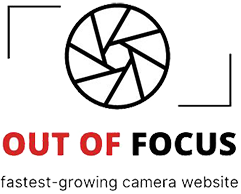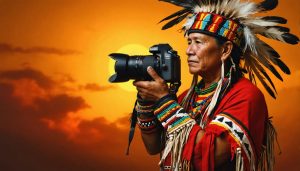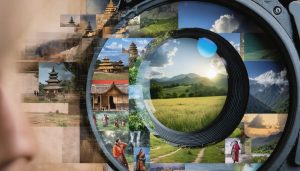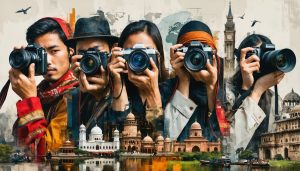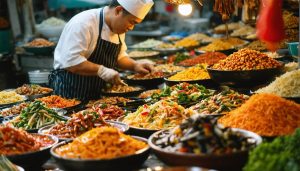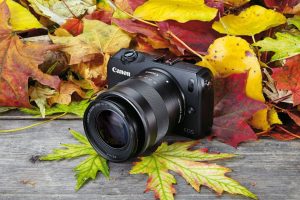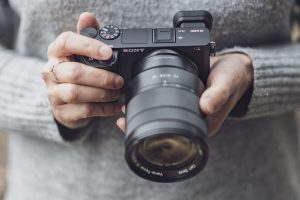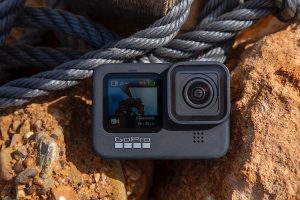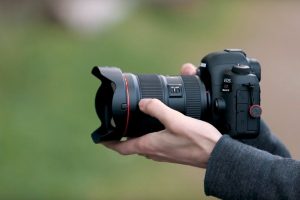
Migration photography captures humanity’s most powerful stories through a lens of empathy and technical precision. When documenting these pivotal moments of human movement, photographers must balance compelling visual narratives with ethical considerations and documentary photography techniques that respect their subjects’ dignity.
A single frame can encapsulate the complex emotions, challenges, and hope that define migration journeys. Whether photographing at borders, refugee camps, or urban transitions, successful migration photography requires both technical expertise and cultural sensitivity. The photographer becomes not just an observer but a storyteller, responsible for conveying narratives that can shape public understanding and policy discussions.
The most impactful migration photos combine technical excellence with genuine human connection. Understanding light, composition, and timing remains crucial, but equally important is building trust with subjects, obtaining informed consent, and maintaining awareness of the broader sociopolitical context. These images serve as historical documents, catalysts for change, and bridges of understanding between communities.
Modern migration photography extends beyond traditional photojournalism, encompassing long-term documentary projects, intimate family narratives, and innovative visual approaches that challenge conventional representations of human movement. Each frame carries the weight of individual stories while contributing to our collective understanding of global migration.
The Art of Migration Photography
Technical Considerations
Capturing powerful migration photographs requires careful consideration of your equipment and technical settings. A versatile zoom lens (24-70mm or 70-200mm) offers flexibility for both intimate portraits and wider environmental shots. When shooting in challenging conditions, maintain a minimum shutter speed of 1/250s to freeze movement, especially during dynamic moments of travel or border crossings.
For low-light situations common during dawn departures or dusk arrivals, consider using a fast prime lens (f/1.8 or wider) and bump up your ISO as needed, though try to stay below 6400 to maintain image quality. Weather-sealed cameras prove invaluable when working in diverse environments, from dusty roads to rainy conditions.
Keep your camera in continuous autofocus mode (AI Servo/AF-C) to track moving subjects, and consider back-button focus for better control. Shoot in RAW format to preserve maximum detail and allow for exposure adjustments in post-processing, particularly useful when dealing with challenging lighting conditions.
For documentary-style coverage, a quiet shutter mode helps maintain discretion, while a second camera body ensures you won’t miss crucial moments. Pack extra batteries and memory cards, as charging opportunities may be limited during extended coverage of migration events.
Ethical Photography Practices
When documenting migration stories, photographers must prioritize the dignity and safety of their subjects above all else. Always obtain informed consent before taking photos, explaining clearly how the images will be used. If language barriers exist, work with trusted translators to ensure understanding.
Protect vulnerable individuals by being mindful of their security concerns. Avoid capturing identifying details that could compromise asylum cases or put subjects at risk. Consider whether showing faces is necessary for telling the story, and offer alternatives like silhouettes or environmental portraits that maintain anonymity while preserving narrative power.
Context is crucial. Resist the urge to sensationalize or exploit emotional moments. Instead, aim to capture the full spectrum of the migration experience, including moments of resilience, community, and hope. Work collaboratively with subjects to understand how they wish their stories to be represented.
Maintain transparency about your role and intentions. Share images with subjects when possible, and respect their right to withdraw consent. Be prepared to decline certain shots if they could endanger or compromise the dignity of individuals.
Consider the broader impact of your work. Challenge harmful stereotypes through thoughtful composition and captioning. Document not just the challenges, but also the strength, agency, and humanity of people in migration. Remember that your photos may shape public perception and policy discussions around migration issues.
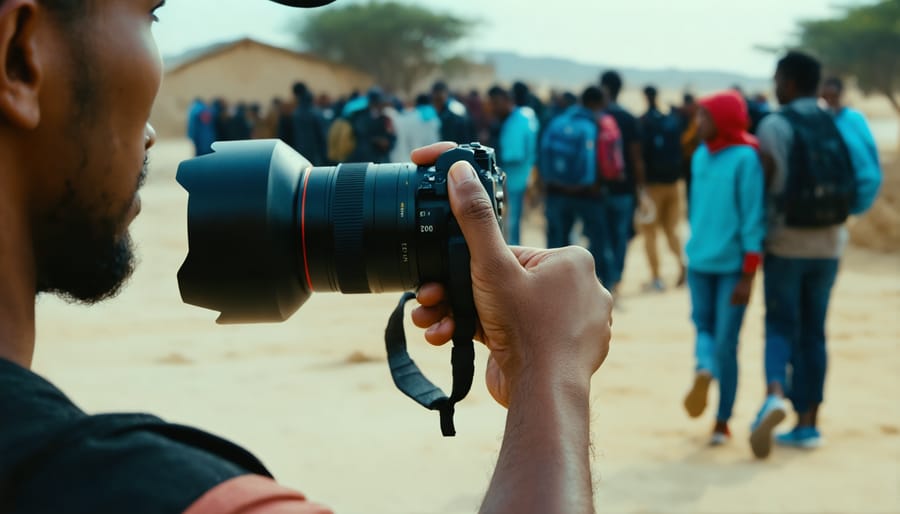
Creating Visual Narratives
Composition Techniques
When documenting migration stories, mastering effective visual composition techniques is crucial for creating impactful narratives. Leading lines formed by roads, fences, or queues can powerfully convey the sense of journey and direction. Position these elements to draw viewers’ eyes toward your main subjects, emphasizing their movement and purpose.
Consider shooting from different perspectives to capture the full scope of migration stories. Low angles can make subjects appear more imposing and dignified, while high angles might illustrate the scale of movement or temporary settlements. Eye-level shots create intimacy and connection, allowing viewers to relate more directly to the subjects’ experiences.
Frame your subjects using natural elements like doorways, windows, or environmental features to add context and depth. This technique can symbolize transitions, boundaries, or the passage between different lives and locations. When photographing groups, use layered composition to show both individual stories and collective movement.
The rule of thirds remains valuable, but don’t be afraid to break it intentionally. Placing subjects at the edge of the frame can suggest ongoing journey or uncertainty, while centered composition might emphasize stability or moments of rest. Pay attention to negative space – it can powerfully represent the distance traveled or yet to come.
Remember that light and shadow play crucial roles in migration photography. Early morning or late afternoon light can add emotional depth, while harsh midday conditions might better document the challenging realities many migrants face.
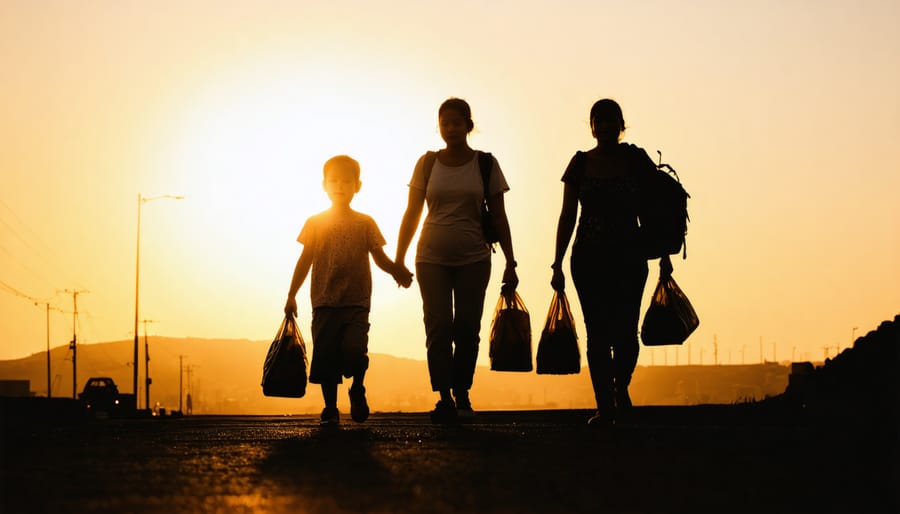
Capturing Emotion
The heart of migration photography lies in capturing genuine human emotions and connections that transcend language barriers. When photographing people during migration journeys, establishing trust is paramount. Take time to interact with your subjects before raising your camera, showing genuine interest in their stories and circumstances.
Body language plays a crucial role in conveying emotion. Look for subtle gestures – a mother’s protective embrace, children playing despite difficult circumstances, or the determined stride of someone walking towards a new future. These unscripted moments often tell the most powerful stories.
Consider working with longer focal lengths initially to maintain a respectful distance while subjects become comfortable with your presence. As trust builds, gradually move closer to capture more intimate perspectives. The eyes often tell the most compelling stories – focus on capturing direct gazes that connect viewers to the human experience of migration.
Natural light can be your ally in emotional storytelling. Early morning or late afternoon light can add warmth and depth to your images, while harsh midday sun might better convey the challenges of the journey. Watch for environmental elements that enhance the emotional narrative – personal belongings, temporary shelters, or symbolic barriers.
Remember that authentic emotion cannot be staged. Practice patience and observation, staying ready for those fleeting moments that reveal the true essence of the migration experience. Your role is to document with empathy and respect, allowing the genuine emotions of your subjects to speak through your images.
Sequential Storytelling
Sequential storytelling in migration photography requires careful planning and execution to create a cohesive narrative that captures the complete journey. Start by identifying key moments that represent different stages of the migration story – from preparation and departure to transit and arrival. Think of your photo series as chapters in a book, where each image builds upon the previous one to tell a compelling story.
Consider working with a storyboard before shooting to outline the crucial moments you want to capture. This helps ensure you don’t miss essential elements of the narrative. Pay attention to the transitions between images – each photograph should flow naturally into the next while maintaining visual consistency in terms of style and tone.
When documenting migration stories, include both wide establishing shots that show the context and intimate close-ups that reveal personal experiences. Capture details that symbolize change and movement: packed belongings, transportation methods, temporary shelters, and moments of human connection.
Time stamps can be powerful elements in your series – consider shooting at different times of day or across multiple days to show progression. Look for recurring visual motifs that can thread through your series, such as specific colors, objects, or gestures that appear in multiple frames.
Remember to include moments of reflection and pause alongside action shots. These quieter images often carry significant emotional weight and help viewers connect with the human aspect of migration stories. Aim to create a balanced narrative that respectfully represents both challenges and moments of hope.
Post-Processing and Presentation
Editing Guidelines
When editing migration photographs, it’s crucial to maintain a balance between artistic enhancement and documentary authenticity. Following ethical photo editing practices ensures your images remain truthful while effectively conveying the powerful stories they represent.
Start with basic adjustments like exposure, contrast, and white balance to ensure optimal clarity. Subtle cropping can improve composition, but avoid removing contextual elements that provide important narrative details. When working with RAW files, preserve highlight and shadow details that might contain crucial information about the environment or subjects.
Color grading should be approached with restraint – aim to maintain natural skin tones and realistic environmental colors. Consider converting select images to black and white when the absence of color strengthens the emotional impact or helps eliminate distracting elements.
Dust spot removal and minor blemish corrections are acceptable, but avoid any manipulation that alters the fundamental truth of the scene. Never add or remove people or objects, as this compromises the documentary integrity of your work.
When batch processing multiple images from a migration series, develop a consistent editing style that ties the visual narrative together while preserving the unique characteristics of each photograph. Save your editing history and maintain original files to ensure transparency and authenticity in your documentary work.

Distribution and Impact
In today’s digital age, migration photography finds numerous platforms for meaningful distribution and impact. Social media platforms like Instagram and Twitter have become powerful channels for sharing migration stories, with hashtags like #MigrationStories and #DocumentaryPhotography helping images reach global audiences. These platforms allow photographers to provide immediate, real-time documentation of migration events while building engaged communities around their work.
Traditional media outlets and humanitarian organizations continue to play crucial roles in distributing migration photography. News agencies, magazines, and NGO publications provide photographers with platforms that reach decision-makers and influence public policy. Online photo essays and multimedia presentations offer immersive experiences that combine still images with audio, video, and text to tell comprehensive migration stories.
Photography exhibitions, both physical and virtual, create spaces for deeper engagement with migration narratives. Museums and galleries worldwide regularly feature migration-themed exhibitions, while virtual galleries make these stories accessible to audiences regardless of geographical location.
Photo books and documentaries represent more permanent forms of distribution, creating lasting records of migration experiences. These formats allow photographers to present extended narratives and provide important historical context alongside their images.
The impact of well-distributed migration photography extends beyond raising awareness. These images have historically influenced policy changes, sparked humanitarian responses, and fostered cross-cultural understanding, demonstrating photography’s power as a tool for social change.
As we’ve explored throughout this article, migration photography represents far more than just capturing images – it’s about documenting human stories, preserving historical moments, and creating meaningful visual narratives that resonate across cultures and generations. The responsibility of photographing migration requires a delicate balance of technical skill, ethical awareness, and genuine human connection.
The most impactful migration photography emerges when photographers combine their technical expertise with cultural sensitivity and storytelling ability. Whether you’re documenting local seasonal workers or international refugee movements, remember that behind every frame is a human story deserving of dignity and respect.
The key elements we’ve discussed – from choosing the right equipment and mastering natural light to building trust with subjects and maintaining ethical standards – all work together to create powerful visual narratives. Success in this field comes not just from technical proficiency, but from developing genuine relationships with the communities you photograph and understanding the broader context of migration stories.
For photographers venturing into this field, remember that patience is essential. Take time to research your subjects, understand local customs, and build relationships before raising your camera. The most compelling images often emerge after establishing trust and genuine connections with the people whose stories you’re telling.
Looking ahead, migration photography will continue to play a crucial role in documenting global movements and human experiences. As our world becomes increasingly interconnected, these visual narratives help bridge cultural divides and foster understanding between communities. They serve as powerful tools for education, advocacy, and historical documentation.
Consider starting small with local migration stories in your community before taking on larger projects. Focus on developing your unique perspective while maintaining respect for your subjects’ dignity and privacy. Remember that every image you capture contributes to the larger narrative of human movement and resilience.
Finally, approach migration photography with humility and an open mind. Your role as a photographer is not just to document but to serve as a responsible storyteller, helping to share these important narratives with the wider world. Through thoughtful, ethical, and technically sound photography, you can contribute to a better understanding of migration and its impact on human lives.
Let your work be guided by empathy, technical excellence, and a commitment to truthful storytelling. In doing so, you’ll create not just powerful images, but meaningful documents of our shared human experience.
